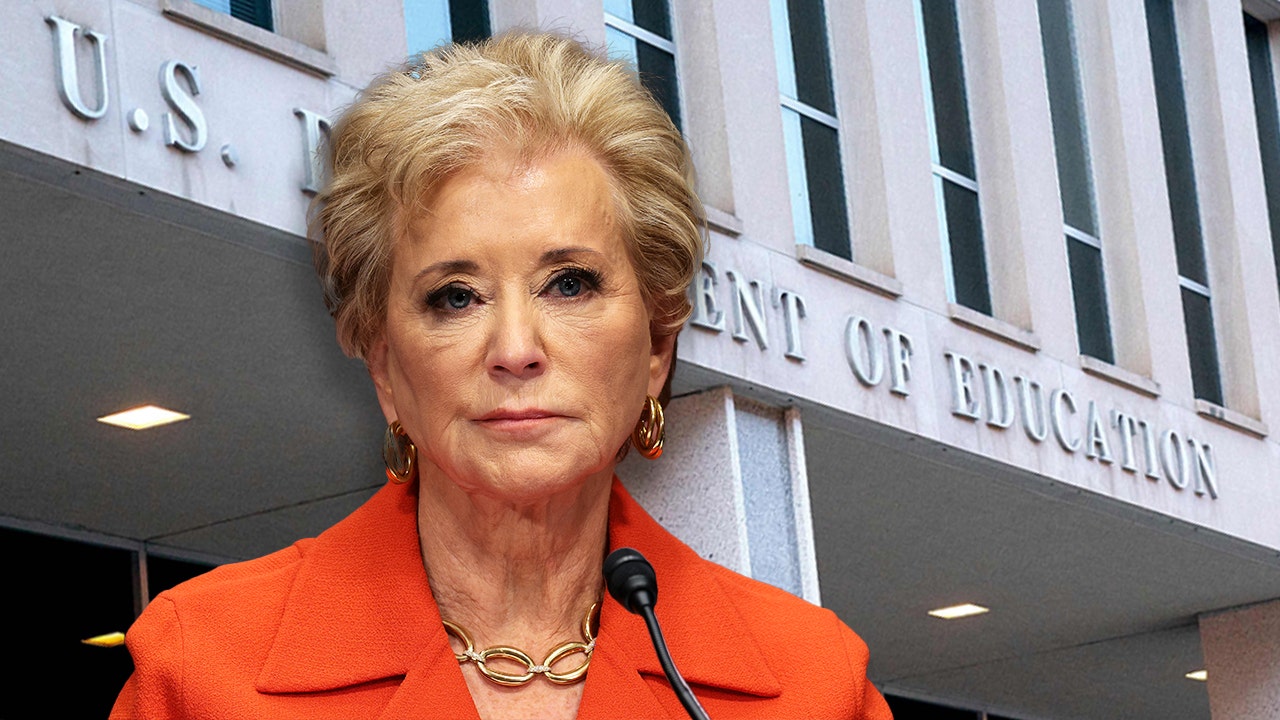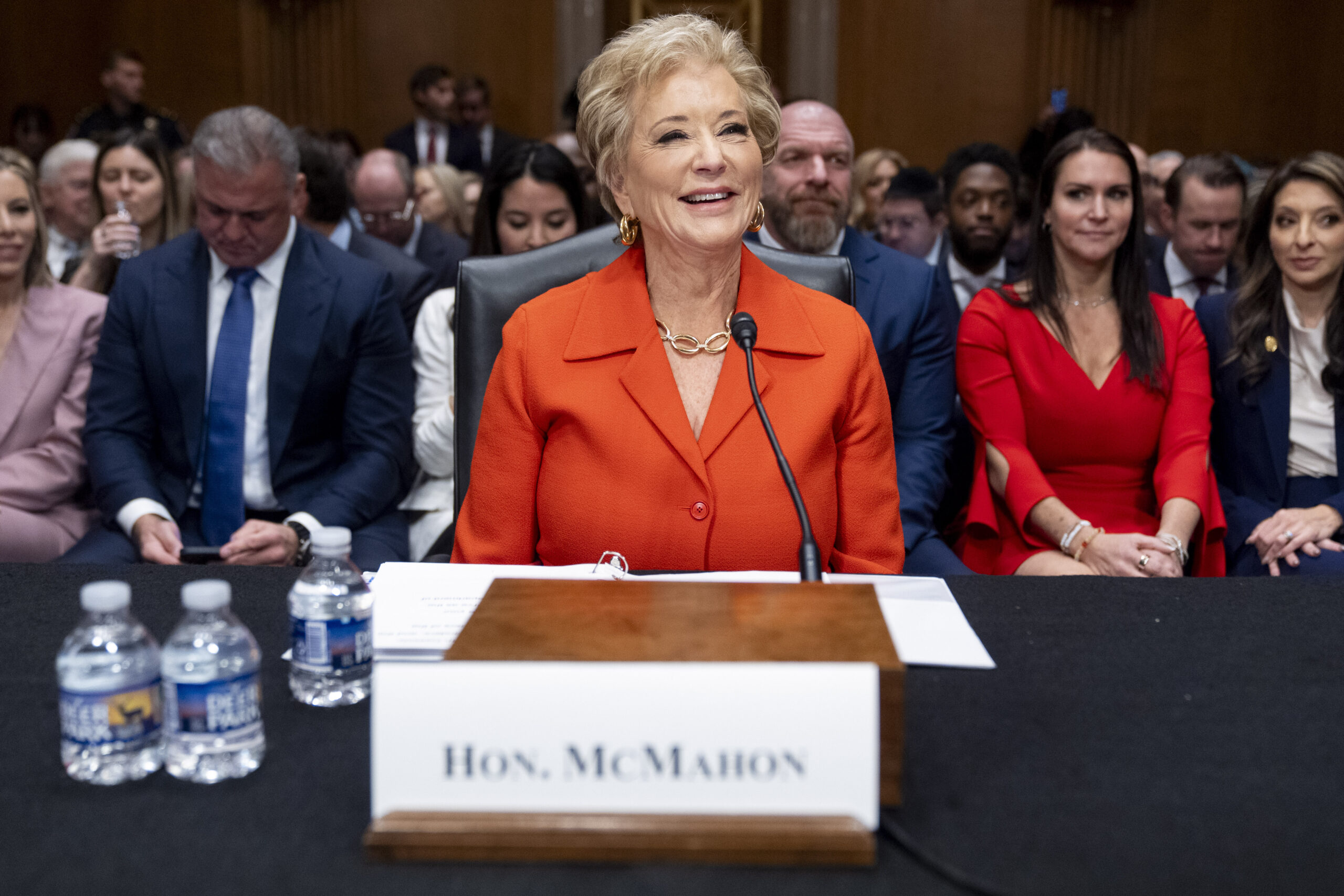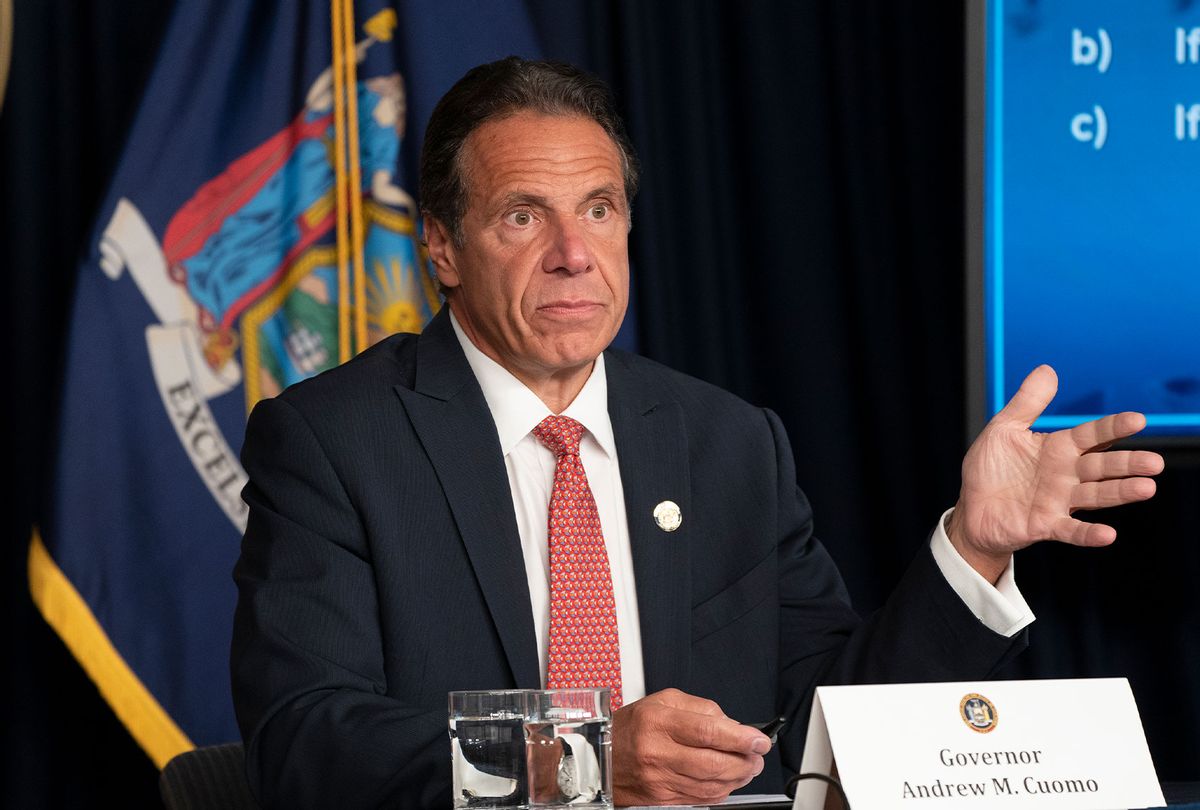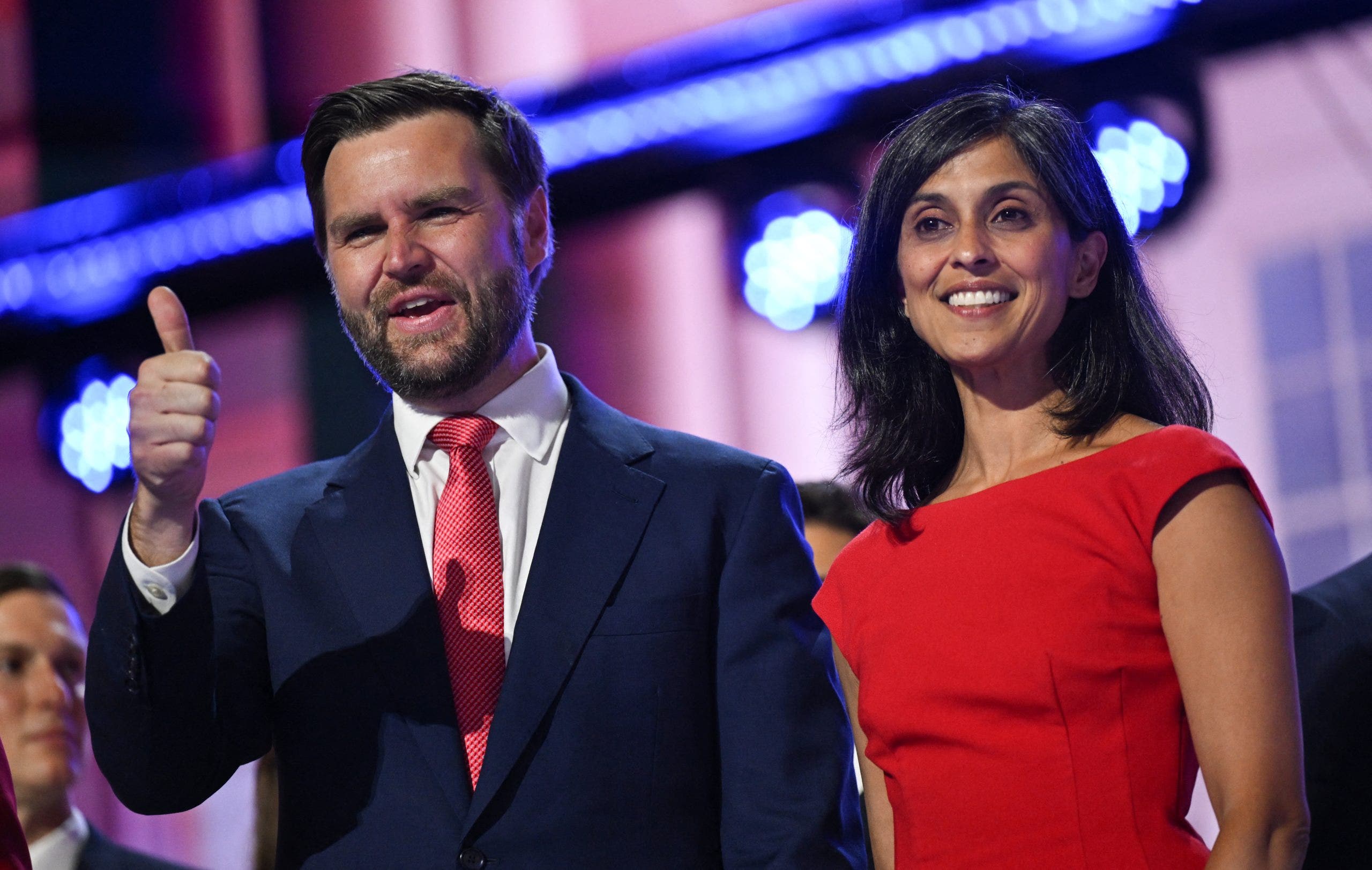EIGHT years ago, Anthony Joshua and Dillian Whyte met in the ring at the O2 Arena in London as undefeated young fighters on the rise. Joshua scored a seventh-round knockout and went on to extraordinary fame and riches. Whyte has had his share of paydays since then and became a useful heavyweight, good enough to beat solid fighters but not elite ones.
Joshua and Whyte were scheduled to fight at the O2 Arena for the second time on August 12. But this time, they were fighters on the decline. Then things got complicated. On August 5, promoter Matchroom Boxing sent out a press advisory that announced, “Today, the Voluntary Anti-Doping Association (VADA) informed Matchroom, the Association of Boxing Commissions and the British Boxing Board of Control that Dillian Whyte had returned adverse analytical findings as part of a random anti-doping protocol. In light of this news, the fight will be cancelled, and a full investigation will be conducted.”
On August 8, Robert Helenius was announced as Joshua’s new opponent. Very few people were surprised when AJ knocked him out in seven rounds.
Let’s look at how we got to where we are today.
Joshua is 33 years old and six years removed from the high point of his career – an eleventh-round knockout of Wladimir Klitschko. In his most recent six fights, he’d lost three times (a knockout defeat at the hands of Andy Ruiz and two losses by decision to Oleksandr Usyk). Even in the fights he won, AJ had looked tentative and vulnerable.
Whyte, now 35, had engaged in four fights since 2019 and been knocked out in two of them.
Joshua-Whyte II wasn’t the fight that boxing fans wanted. Initially, there had been talk of Joshua vs. Tyson Fury. On September 5, 2022, Fury posted a letter on social media challenging AJ to fight before the end of the year. The following day, Tyson and promoter Frank Warren said they’d offered Joshua a 60-40 purse split for a fight to be contested in December. On September 13, Joshua’s management company announced on Twitter that it had “accepted all terms presented to us by Fury’s team” for a fight on December 3.
Fury-Joshua held out the hope of quick redemption for AJ but also the very real possibility of further ruin. Meanwhile, the contract remained unsigned. On September 24, Fury proclaimed, “I was optimistic about three weeks ago, but it shouldn’t be taking this long to sign a contract. If it is not done by Monday [September 26], I’m moving on. I’m not waiting around for some guy who has lost three of his last five fights. He’s lucky that I’m giving him a world title shot.”
That led Eddie Hearn (Joshua’s promoter) to respond, “The conversations have been decent and are moving in the right direction, but there is a long way to go. There is no way this contract gets signed on Monday because there is still a lot to be done. So if you want to walk away from that while we are all trying to make it, off you go.”
On September 26, Fury announced in an Instagram video, “Well, guys, it’s official. D-Day has come and gone. It’s past five o’clock Monday. No contract has been signed. It’s officially over for Joshua. He is now out in the cold. Idiot! Coward! Shithouse! Bodybuilder! Always knew he didn’t have the minerals to fight.”
Then, changing his mind (as he is wont to do), Fury extended the deadline for receiving a signed contract. But Fury-Joshua still couldn’t be made. That was followed by Hearn and Bob Arum (Fury’s American promoter) playing a blame game.
“He [Hearn] wanted to kill it,” Arum told Sky Sport on October 4. “Even as late as yesterday, if he’d have said, “Let’s all get together and sit in a room and get everything finalised,’ it could have been done in a couple of hours. The first issue was, well there’s different networks involved. So, there was a meeting held and all the networks signed off and they found a way to do it. Once the percentages were decided, there were no real issues. You could sit in a room for three hours and get everything finalised. But Hearn refused to do it. I knew that Eddie would find a way to sabotage the fight. Eddie Hearn has nothing left really in his stable and he is clinging to AJ as his only potential attraction.”
The first half of 2023 was dominated by talk of Fury fighting Olexsandr Usyk, possibly in Saudi Arabia. There was also talk of Joshua facing Deontay Wilder on the same card as part of a double-header. But the necessary funds from Saudi Arabia weren’t on the table. That left Joshua in need of an opponent. Enter Whyte who, like AJ, had beaten Jermaine Franklin in desultory fashion in his most recent outing.
Eloquent as always, Whyte was asked during an interview on IFL-TV about the possibility of a rematch against Joshua and responded, “These cunts don’t wanna fight. Joshua’s a cunt. Joshua’s a cunt. Joshua’s a cunt. He wants to fight my leftovers and then talk shit They’re cunts. They’re cunts. They’re cunts. They’re cunts. They’re just cunts. They’re cunts.”
Elaborating on that theme, Whyte told The Sun, “These people are spineless. There’s a long list of opponents I can fight next. Joshua isn’t the golden goose anymore.”
On June 5, Hearn told BBC Sport that an offer for an August 12, 2023, rematch between Joshua and Whyte had been sent to Dillian. This followed a June 3 Instagram post by Joshua that read in part, “I don’t know about any talks to fight Dillian Whyte. Everyday, AJ this, AJ that, AJ’s hairline’s going way back, but [quoting the rap song WickedSkengMan 4] I’ll still fuck your girl, go retweet that.”
Ticket prices for Joshua-Whyte II ranged from £40 to £800. In the United States, the fight was to be included as part of DAZN’s monthly subscription package. In the UK, it was to be on pay-per-view at a cost of £26.99 (more expensive than Whyte’s 2022 fight against Tyson Fury which had been for the heavyweight championship of the world).
Joshua was a 5-to-1 betting favorite. This was AJ’s second fight with Derrick James as his trainer. Joshua-Franklin had been the first. Prior to that, AJ had trained with Rob McCracken and Robert Garcia.
In an interview with Matt Christie, Joshua talked about his evolution as a boxer after being knocked out by Andy Ruiz. “I completely changed my styles,” AJ said. “Let me try to build on and understand the fundamentals of boxing. Stick, move, hit and don’t get hit. Even though it doesn’t quite look right to everyone, I’m content in my process.” But Joshua acknowledged, “With Franklin, it was shit. I know it wasn’t as good as what it could be. I need to get my fighting spirit back. I need to get my warrior spirit up. Yeah, it’s going to be tough.”
Meanwhile, Whyte was looking on the dark side of things, saying, “If I beat him, they’re gonna say, ‘Oh, he was diminished. He was losing his mind. He was this, he was that.’”
Then the Dillian Whyte PED bombshell hit. There will be more on that later in this article. Suffice it to say for the moment that Joshua (as AJ later told the media) took the position, “I wouldn’t fight him on drugs. No way!” And Hearn seemed to distance himself from Whyte, which was very different from the way Eddie had handled earlier PED controversies involving Whyte, Julio Cesar Chavez Jnr, and Conor Benn.
On Tuesday, August 8, Matchroom announced that 39-year-old Robert Helenius would be Joshua’s opponent. Rather than streaming the event on pay-per-view in the United Kingdom, DAZN said the card would be included as part of its regular subscription package. Refunds would be available from the original point of purchase for ticketholders who wanted their money back.
Helenius had beaten faded versions of Lamon Brewster, Samuel Peter, and Siarhei Liakhovich more than a decade ago. More recently, he’d stopped Adam Kownacki twice (which put him on a par with Joe Cusumano who knocked out Kownacki earlier this year). But Robert had been knocked out by Gerald Washington and Johann Duhaupas and lost a decision to Whyte. Worse, last October, Helenius was knocked unconscious in the first round by Deontay Wilder and stayed unconscious for an alarmingly long time. Adding to the bizarre, on August 5 (one week before facing Joshua), Helenius had fought in a castle in Finland where he knocked out a no-hope opponent named Mika Mielonen in three rounds.
As soon as Whyte’s positive test result was announced, Mike Borao (Helenius’s business representative) contacted Matchroom to put Robert’s name in the mix. Helenius was told in the dressing room after he beat Mielonen about the possibility of fighting Joshua.
There were other heavyweights on Matchroom’s August 12 card who might have been matched against Joshua. But one by one, they fell by the wayside. Derek Chisora is friendly with AJ and is said to have wanted too much money. Demsey McKean is a southpaw, and Joshua wasn’t keen on fighting a southpaw on short notice. Gerald Washington wasn’t considered competitive enough even by DAZN’s standards. Filip Hrgovic was likely to be too competitive and was reluctant to risk his IBF mandatory-challenger status against an opponent of Joshua’s stature for less than a mountain of money.
So Helenius (who had sparred with AJ years ago) got the nod. “I was going on vacation with my family but not anymore,” Robert said at a hastily-organised fight-week press conference. “When you get this big of an opportunity, you can’t let it slip.”
“This wasn’t in the script,” Joshua noted. “Late replacements aren’t ideal but a long career will present these types of obstacles.”
When fight night came, the undercard was predictable with the A-side fighter winning seven-out-of-seven bouts. Then it was time for the main event. Joshua had weighed in at 250 pounds; Helenius at 249.4. AJ was a 12-to-1 betting favorite.
The notes I took as the action unfolded read as follows:
Round 1 – Helenius is wide open for counters. He pushes his jab, brings it back slow and low, telegraphs his right hand, and leans forward with his chin when he punches.
Round 2 – AJ fighting a self-contained fight, relying largely on his jab.
Round 3 – Boos and whistles from the crowd . . . No fighter wants to get hit, but AJ is fighting like he’s afraid to get hit. There’s a difference.
Round 4 – AJ fighting a safety-first fight, keeping his distance which robs him of his uppercut. But he’s winning every round.
Round 5 – AJ is better skilled and more physically gifted than Helenius.
Round 6 – More boos . . . AJ has been fighting cautiously. But Helenius isn’t giving AJ a reason to doubt himself.
Round 7 – AJ winning every round with his jab . . . Helenius is slowing down . . . Boom! One-punch righthand KO over a lazy jab . . . KO 1:27 . . . AJ closed the show.
Joshua and Hearn say it’s likely that AJ will fight next against Deontay Wilder in Saudi Arabia in January. Maybe AJ will prove the doubters (including me) wrong. But Joshua-Wilder sounds more like a profitable business plan than a fight that AJ can win. Outpunching and outboxing Robert Helenius is one thing. Outpunching Deontay Wilder (who boxes well enough to hit AJ) is another.
Now let’s get to the most important issue. Once again, Dillian Whyte has tested positive for a banned performance-enhancing drug. And once again, he has proclaimed his innocence. The proclamation is hardly a surprise. After Jarrell Miller’s scheduled 2019 fight against Anthony Joshua was called off in the wake of Miller testing positive for banned performance enhancing drugs, Jarrell acknowledged, “I messed up.” But admissions like that are rare in boxing.
As of this writing, the drug that Whyte tested positive for hasn’t been publicly identified. At the press conference for Joshua-Helenius, Hearn was asked by Charlie Parsons of Boxing Social about a previous report on social media that it was Molidustat. Hearn seemed to indicate a familiarity with the drug, referencing Parsons’ pronunciation of Molidustat (“you said that really well”) before adding, “As you know, I’ve been put on notice by Dillian Whyte’s lawyers. I cannot talk about the results of that test, only the information that we have published already.”
For the record, Molidustat is an experimental drug still in trials that can be taken in pill form and increases the endogenous production of erythropoietin (EPO). It’s on the World Anti-Doping Agency list of prohibited drugs for use both in and out of competition.
The number of positive test results for Whyte also hasn’t been announced. It’s possible that there have been multiple positive findings.
The British Boxing Board of Control licenses fighters who don’t live in the United Kingdom on a fight by fight basis. Whyte is now believed to be a resident of Portugal, so he’s not licensed by the BBBofC. He had applied for a license to fight Joshua but the license hadn’t been granted at the time his positive test results were reported. So Dillian’s lawyers are likely to argue that the BBBofC has no jurisdiction over him. Eddie Hearn said as much on August 9 when he told IFL TV, “Dillian Whyte is not licensed by the British Boxing Board of Control. So, what happens now? He has to clear his name, but at the same time he can’t be effectively banned or have his license suspended or removed from the British Boxing Board of Control because he’s not licensed there. So effectively, Dillian Whyte right now can go to another commission and ask for a license or ask for permission to box.”
Oddly, Whyte might hold a license in Texas (where he has never fought). A spokesperson for the Texas Combative Sport Program (TCSP) told Boxing News on August 9 that Dillian is not currently licensed in Texas. But the same spokesperson acknowledged that the TCSP received notification of a positive test result for Whyte on August 9. And a source in the UK says that the BBBofC was notified in writing by Greg Alvarez (manager of the Texas Combative Sports Program) on July 27 that “Mr. Whyte is licensed in Texas thru December 20, 2025.”
Does this mean Whyte’s attorneys will argue that the Texas Department of Licensing and Regulation is the only entity in the world with jurisdiction to sanction him? They might.
But there are other avenues that could be pursued here. Whyte is licensed as a manager by the BBBofC. This means the BBBofC can conduct an inquiry into the “adverse analytical findings” and, if warranted, take some form of action against him. Also, UKAD is believed to be taking the position that its rules allow it to investigate and take action against a fighter whose license has expired or been relinquished within the preceding year. That category would include Whyte.
There’s a depressingly familiar storyline in boxing. It plays out again and again. A fighter tests positive. He takes steps and threatens legal action that will cost the BBBofC, UKAD, the World Boxing Council, whoever, hundreds of thousands of dollars in legal fees to defend against. So the organisation finds a loophole and issues a ruling that allows the fighter to continue fighting without further sanction. Or a governing athletic commission is anxious for a big fight to take place within its jurisdiction and makes an unseemly accommodation.
Meanwhile, the fighter and his camp use “confidentiality” as a sword and a shield. They claim that the fighter has been fully vindicated and proven innocent of any wrongdoing while the facts underlying the case and various rulings are hidden from public view. The fighter, of course, could waive his claim of confidentiality and authorise that the details surrounding his testing be made public. I repeat: The fighter could waive his claim of confidentiality and authorise that the details surrounding his testing be made public. But he rarely if ever does. And because the threat of legal action has worked before, it’s used again and again.
Matt Christie recently addressed the fate of Joshua-Whyte II with the observation, “The cancellation was not just the right decision, it was the only decision.” And he added, “Very simply, the more boxers who get caught taking performance-enhancing drugs and are subsequently punished, the more effective the system will become. Boxers getting caught and then punished is the only realistic deterrent to stop boxers trying their luck with such substances in the first place.”
Last month, Anthony Joshua was asked if beating Dillian Whyte, Deontay Wilder, and then Tyson Fury would be his dream scenario. “Yeah, it would be,” AJ answered. “But dreams are fake. This is reality.”
This is reality in 2023. Enforcement of the rules against the use of banned performance enhancing drugs in boxing is woefully inadequate. Serious testing for PEDs is largely at the whim of promoters and a handful of elite fighters. Too often, entities charged with enforcing the rules are more concerned with their own bottom line than doing their job properly. Clean fighters are at more of a competitive disadvantage and at greater risk of being seriously injured now than ever before.
* Thomas Hauser’s email address is [email protected]. His most recent book – The Universal Sport: Two Years Inside Boxing – was just published by the University of Arkansas Press. In 2004, the Boxing Writers Association of America honored Hauser with the Nat Fleischer Award for career excellence in boxing journalism. In 2019, Hauser was selected for boxing’s highest honor – induction into the International Boxing Hall of Fame.





















Discussion about this post